All programming roads lead to launching a product.
Either by ourselves or for a company, we program so that we can launch products. Learning how to launch an enterprise-grade product from the ground up changes everything.
Join us for a series on how to build enterprisey products!



